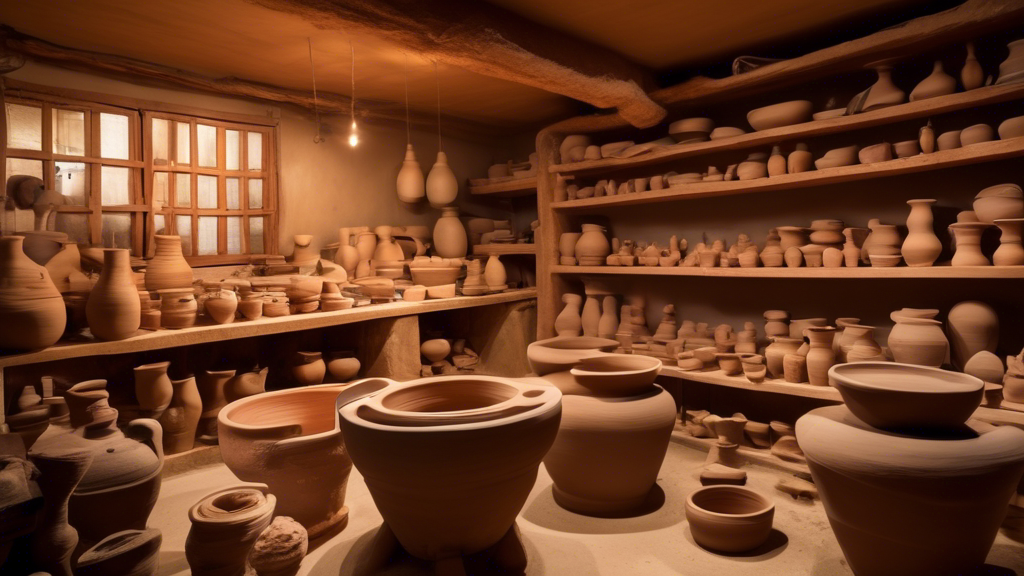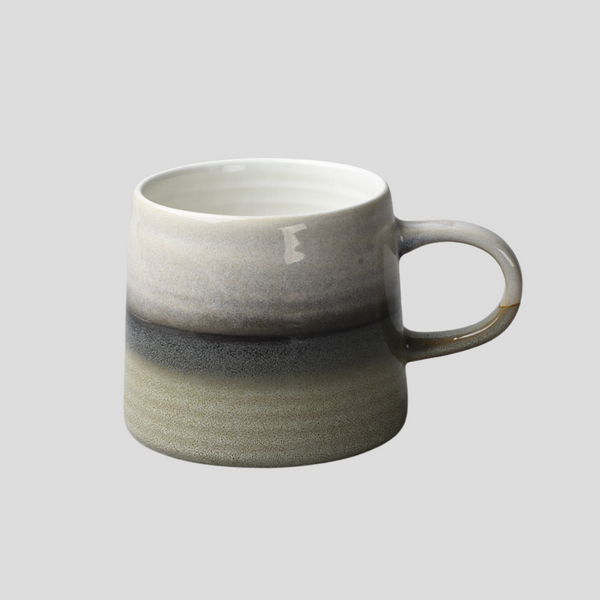
Essential Materials and Tools for Pottery Making
Pottery making, an ancient and widely practiced art, involves molding clay into objects and then hardening them through high-temperature firing. This craft has evolved over millennia, merging both functional and artistic elements. Regardless of whether one is a beginner or an experienced potter, having the right materials and tools is crucial for successful pottery creation. This article outlines the essential supplies and equipment you'll need to embark on your pottery-making journey.
The foundation of any pottery project is the clay. There are several types of clay, each with unique properties and best uses. Here are the most commonly used:
Beyond clay, several tools are essential for shaping, decorating, and finishing pottery pieces. Here's a brief overview of the basic tools every potter should have:
The potter’s wheel is used to shape the clay. While manual wheels are still in use, electric wheels offer more speed control and convenience.
Essential for rolling out even slabs of clay, these tools are crucial for hand-building techniques.
A simple but vital tool for cutting large chunks of clay and removing finished pieces from the wheel.
Made from wood, metal, or silicone, rib tools help shape and smooth clay surfaces.
These tools are for trimming and adding fine details. Loop tools carve out clay, while needle tools score it.
Sponges are used to smooth and moisten clay surfaces, while brushes apply slip (liquid clay) and glazes.
Once shaped and dried, pottery requires glazing and firing to become durable and functionally usable.
Glazes add color and finish to pottery. They are available in various formulations, including low-fire and high-fire options.
A kiln is a high-temperature oven used for firing pottery. Kilns can be electric, gas, or wood-fired, with electric kilns being the most accessible for beginners.
Keeping your tools clean is crucial for their longevity. Items like a sponge for cleaning your wheel, a sharp knife for trimming excess clay, and a wire brush for cleaning tools should be part of your pottery studio essentials.
While the art of pottery making can seem daunting at first, having the proper materials and tools can make the process more enjoyable and successful. By starting with the basics outlined in this article and gradually adding more specialized tools and materials, you can explore the vast creative potential that pottery offers. Remember, every master potter began as a beginner, and the key to mastery is practice, experimentation, and passion for the craft.
Introduction to Pottery Making
Essential Clay Types for Pottery
Basic Pottery Tools and Their Uses
Potter's Wheel
Rolling Pin and Slab Mats
Wire Clay Cutter
Rib Tools
Loop and Needle Tools
Sponges and Brushes
Glazing and Firing Equipment
Glazes
Kiln
Cleaning and Maintenance Tools
Conclusion

















































